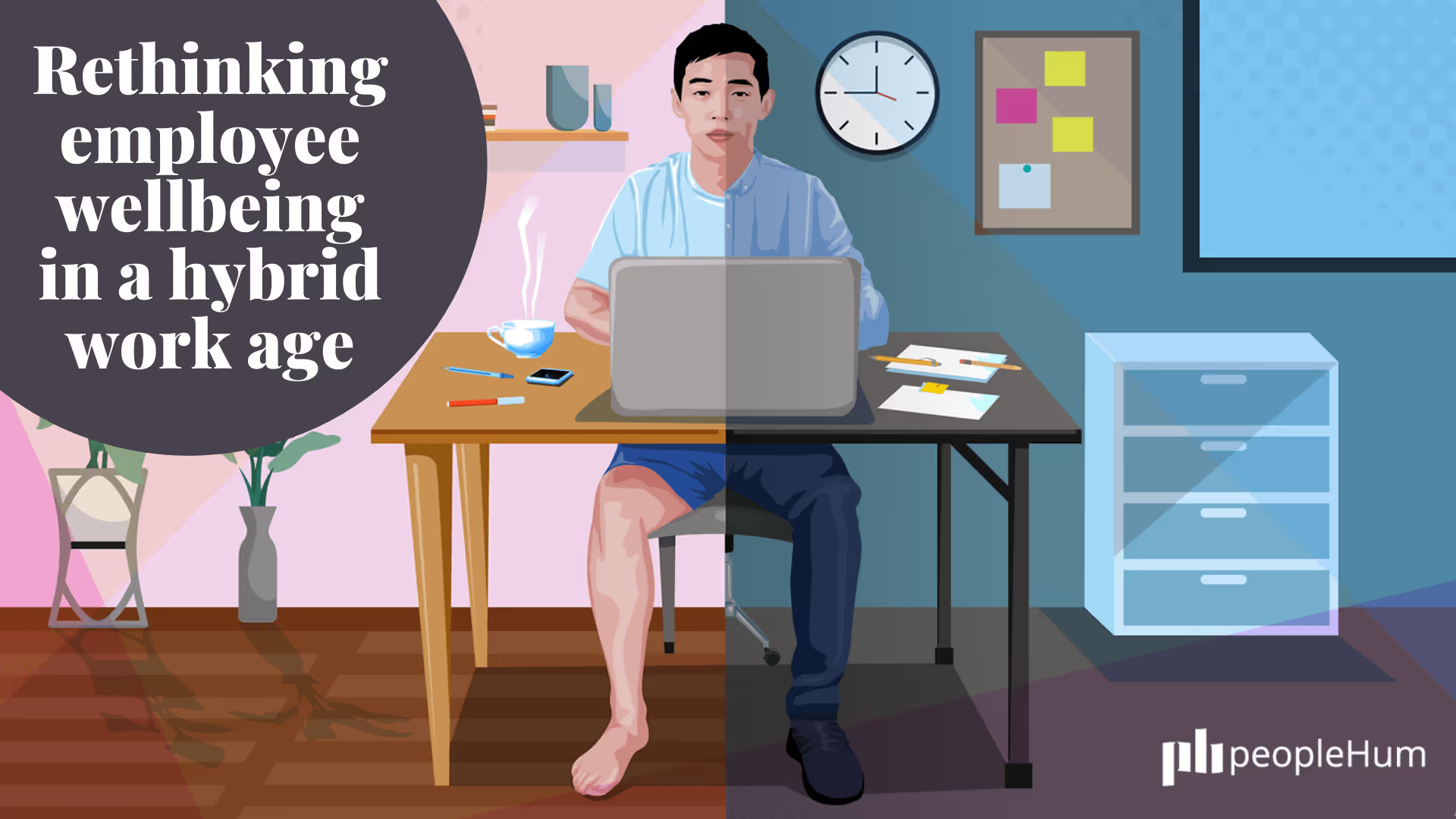These continue to be uncertain times, creating unfamiliar territory. In such conditions, it’s even more important for the company, leaders and managers, and individual employees, to focus on workplace civility and with customers. In essence, workplace civility is being courteous, treating others with respect — being thoughtful of others, and being aware of how your actions (and those of other people) might affect someone. We are all fraying at the edges. Courtesy and respect go a long way.
Fewer Social Cues
Working remotely, we have fewer social cues to provide feedback about whether we’re being respectful and courteous. It’s harder to determine if someone’s having a bad day, or bad hour, unless they tell us, but we can’t stop by their area to check in. Yet those multiple, tiny in-person interactions help us get a sense of people and their moods, and give us a way to maintain a sense of connection.
Moreover, unless their homelife is onscreen, we can only know what’s going on for them — what their mental load is like — if they tell us. So leaders and managers need to encourage discussions about what workplace civility means during this pandemic, and ask what’s going on in people’s lives. Make a point of not only asking, but also responding to what they say appropriately, saying something like, “I’m so sorry to hear about what’s happening. I appreciate your sharing that with me. What can I do to help?”

6 strategies that are effective for workplace civility
It pays to take a few extra steps to make sure communications with colleagues and customers are respectful and civil, particularly in this environment. Healthy relationships are the gel that holds us together, instead of breaking us apart. It’s the stuff that makes the difference in our daily outlook and the level of motivation. These six strategies will help to bring about workplace civility:
Small Talk is Big
Encourage employees, especially those running meetings, to make sure there are check-ins and some personal conversation prior to leaping right into talking/writing about work. Managers and leaders should ask about employees’ self-care and share about their own. Let employees recognize each other as people. It’s the same thing when talking to customers. That said, not everyone may want to partake, and individuals should respect that.
Take a Breath
Help employees develop greater tolerance and patience. For instance, if an employee bristles at something a coworker has said, done, or written, the employee can be encouraged to take a diaphragmatic breath — on an inhale, let their belly expand with air, hold briefly, and then slowly exhale. This is an easy skill for most employees to learn, and will actually will fake out the person’s brain to make him or her feel relaxed.
Be as Clear as You Can
Keep in mind that during the pandemic, it’s harder for most people to maintain the same level of focus as they could before. Try to be as clear as you can be so there’s less opportunity for miscommunication and misunderstanding to bring about workplace civility.
When in Doubt, Ask
It’s easy to assume we know what someone means, and when we’re multi-tasking or distracted, we may be more likely to infer incorrectly. Don’t make assumptions about what someone meant. Help promote a culture in which it’s appreciated when a colleague asks for clarification. Asking instead of assuming will save time, energy, and heartache to foster workplace civility.
When Using Video Communication
Those “leading” a meeting should use agendas, distributed in advance, to make sure what needs to get discussed is actually discussed. Take extra time to consider who and who doesn’t need to attend a given meeting. Maybe a meeting needs to be more inclusive? Maybe it needs a smaller working group? Given the isolation of working at home, the criteria for inclusion may need to change. Additionally, reconsider how meetings are structured and run: How much of the meeting should be simply to connect with each other? The person running the meeting should set expectations for participation at the beginning. Try to set up the meeting for full participation so each person knows why they’re there and how they can contribute. That said, decide how much time should be spent with small talk. There should be at least some, unless you are all in frequent contact with each other during the day to foster workplace civility.
When Using Text-based Communication
People can make mistakes and read unintended emotions into words. At least with video calls, participants get non-verbal cues to help understand what other people’s words mean. Not so with text-based communication. Also, words can be vague. Even when a person thinks they are being clear with his or her writing, it may not necessarily be so.




































.avif)













